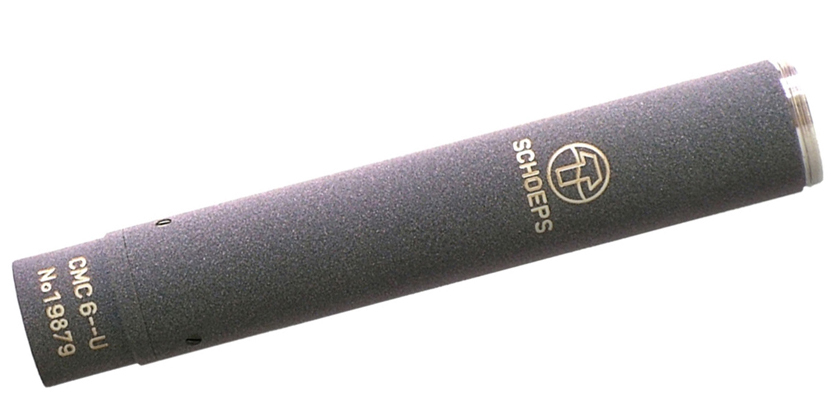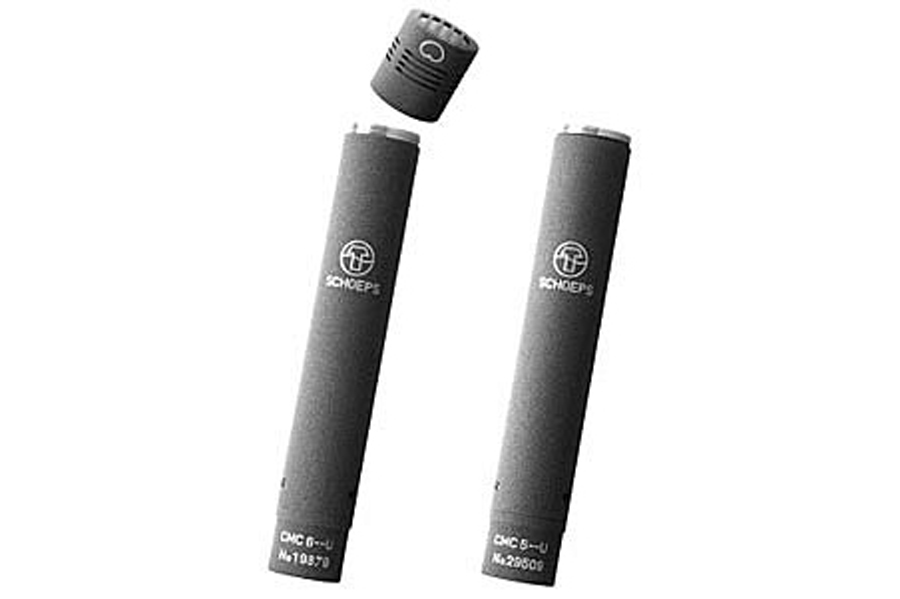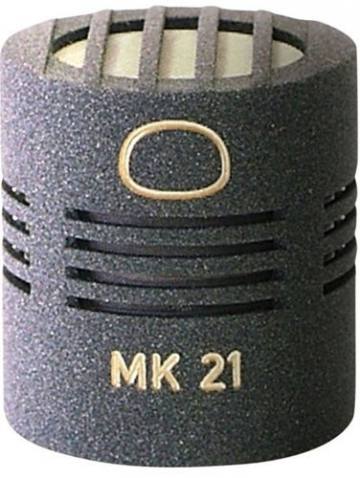Combineer met deze producten
Product omschrijving
FEATURES
The CMC 6 is the most popular Schoeps amplifier.
Its electrical properties have set new standards in terms of low distortion levels and common mode rejection (i.e. suppression of interference induced in the microphone cable).
DESCRIPTION
- flat frequency response
- very low harmonic distortion and noise
- works with 12V and 48V phantom power
- balanced, low-impedance output
- high suppression of interference on the microphone cable
- excellent protection against high-frequency radio interference with "RFI Shield"
- frequency-independent impedance
- signal transmission possible over very long cables
- reliable operation even with weak phantom power
- symmetrical, transformer- and capacitor-free output stage with a class-A amplifier
- above 20 kHz, the signal is attenuated for protection against interference in...
PRODUCT HISTORY
- In 1973, CMC 5 (P48), CMC 4 (T12) and CMC 3 (P12) are launched. CMC 3 and 5 were identical, except one resistor.
- 1974 first OEM model for Studer: SKM 5. That product was just a CMC 5 in a housing tube with "Studer" engraved instead of "Schoeps".
- 1985 OEM product for Strässer: CM 90. That product was like a CMC 3/5, designed for P24 powering, plus different engraving on the housing tube.
- 1990 first prototype of the CMC 6
- 1991 Launch of the CMC 6, discretely equipped, engraving on the XLR foot, longer tube than the CMC 5, the engraved ring...
|
Maximum sound pressure level (THD < 0.5 %) Frequency range Sensitivity Maximum output voltage Low cut filter Minimum recommended load impedance Output impedance Maximum cable length SCHOEPS RFI Shield Powering standard / Valid range Current consumption Common mode rejection ratio (at 1 kHz) Output Length Diameter Weight Surface finish
|
with MK 4: 131 dB-SPL (P48, P12) 20 Hz - 20 kHz see corresponding capsule 1 V (0 dBV) with 1 kΩ load 20 Hz, 12 dB/oct. 1 kΩ 42 Ω > 400 m / ~1300ft Yes P48 / 20-52 V, P12 / 10-13 V 4 mA (P48), 8 mA (P12) > 55 dB XLR-3M, analog, 1 channel 116 mm / ~4,5" 20 mm / ~0,8" 60 g / 2,1 oz matte gray |
VARIANTS & OPTIONS
No. 191102 custom color: nickel, chromagreen, other custom colors on request
No. 191201 custom engraving
Apart from the standard CMC 6 version, Special versions of the CMC 6 U are available.
CMC 6 U linear
The CMC 6 U microphone amplifier normally has a gradual rolloff in response below 20 Hz to guard against infrasonic disturbances from various sources such as air movement and vibration. However, when using pressure (omnidirectional) transducers, particularly with digital recording, it can be desirable to pick up frequencies below 20 Hz without attenuation. The special technology of the CMC 6 U linear microphone amplifiers makes this possible; on request we can deliver microphone amplifiers with response that is flat to as low as 10 Hz. Caution must be advised with respect to infrasonics, however. Since pressure transducers can pick up very low frequencies, ventilation systems in large spaces (churches, concert halls) or traffic rumble can create a problem. With pressure gradient transducers the risk is even greater. They are far less sensitive to very low frequency sound, but respond much more strongly to low-frequency mechanical stimuli such as air currents and solid-borne noise. Such signals may be below the audible range of frequencies, but they can overload electronic circuitry and produce severe distortion, particularly in transformer-coupled circuitry.
CMC 6 U +5 dB
The sensitivity of a microphone using this type of amplifier is 5 dB higher than with the standard version, but the equivalent noise level and maximum output voltage are not materially affected. Thus the highest sound pressure level which the microphone can accept without distortion is 5 dB lower than in the standard version, while the signal-to-noise ratio is essentially the same with either gain setting. This version might be chosen in order to raise the microphone's signals above the noise level of the equipment to which it will be connected, and / or for working with sounds that occur mainly at low levels.

 Product is toegevoegd aan uw winkelwagen
Product is toegevoegd aan uw winkelwagen



